7 Things to Know About Modular Homes
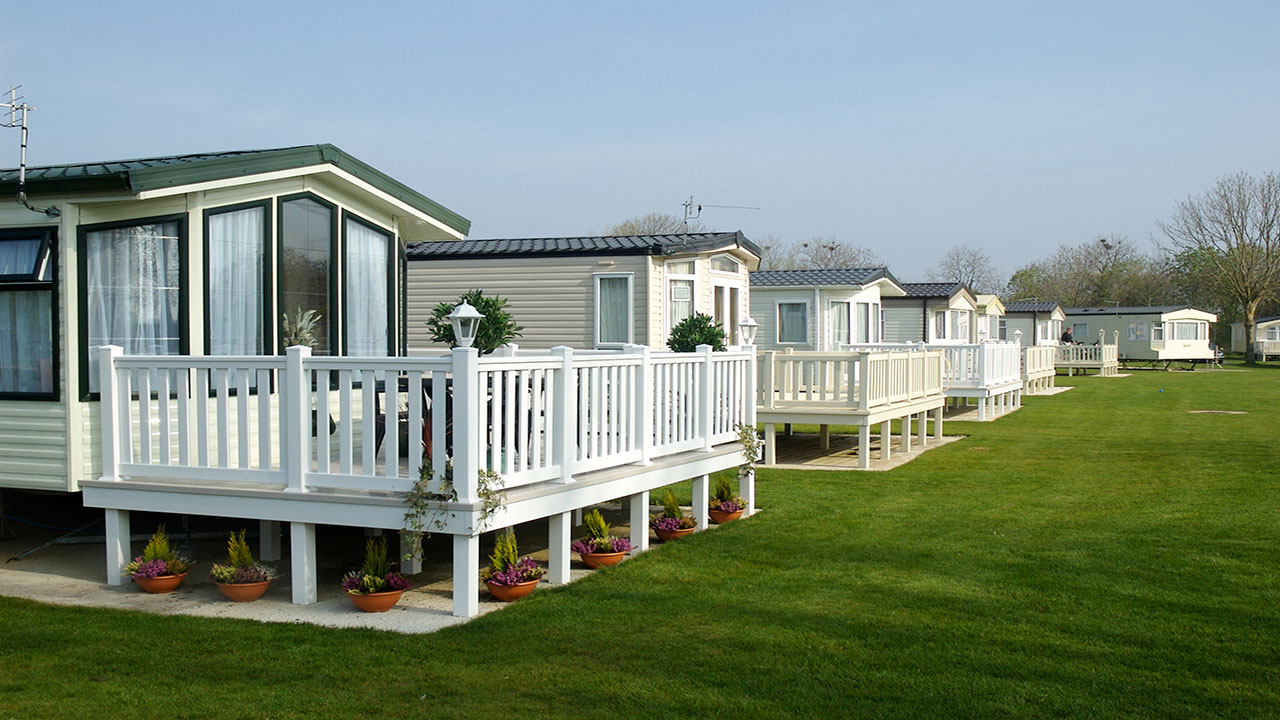
Unlike traditional home construction, modular homes are structures that are built in phases entirely inside a factory. Once each module is complete, it is then transported to the lot to be built on and assembled on site.
Sometimes confused with mobile homes, modular homes cannot be moved to another site once they’ve been set. Also known as ‘pre-fabricated’ (or ‘pre-fab’) homes, these types of properties are becoming an increasingly popular choice for many buyers.
If you’re considering buying a modular home, there are certain facts you should know about first in order to make a sound purchasing decision.
1. They’re Usually Built Faster Than On-Site Built Homes
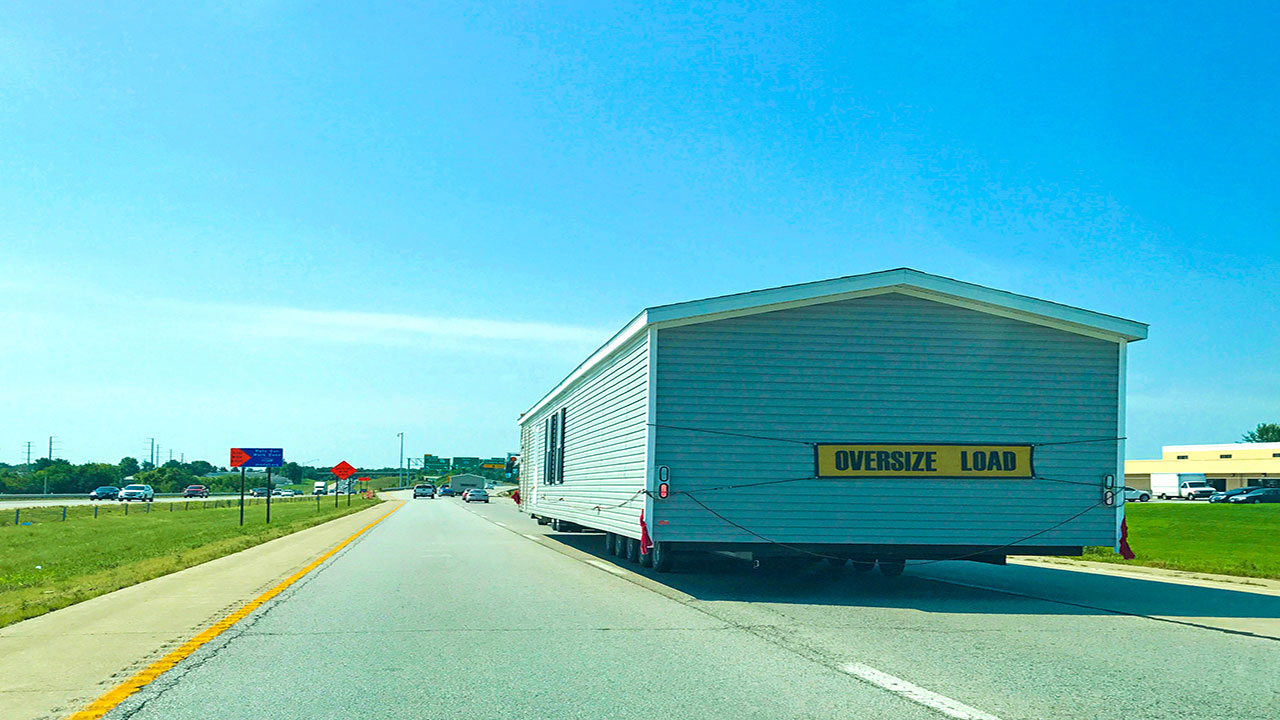
Traditional homes that are constructed on site typically experience various delays throughout the process, mainly as a result of weather, shortage of material delivery from third parties, or other outside factors. But because modular homes are built inside a controlled factory environment, there are usually no delays.
Manufacturers of modular homes also tend to have an abundant supply of materials needed to complete the construction of a modular home, further helping to speed the process along. Modular homes can actually be completed within a much shorter time frame compared to on-site built homes and can usually be ready in a matter of weeks.
2. They’re Often More Affordable
Since modular homes can be completed in a much shorter time frame compared to on-site built homes, they’re typically less expensive. There’s no travel time to and from the site for trades, material deliveries, and so forth, further cutting costs.
In addition, all necessary inspections at each phase of construction are conducted at the factory before the homes are brought to their lot for final construction.
3. They’re Not All Cookie-Cutter in Design
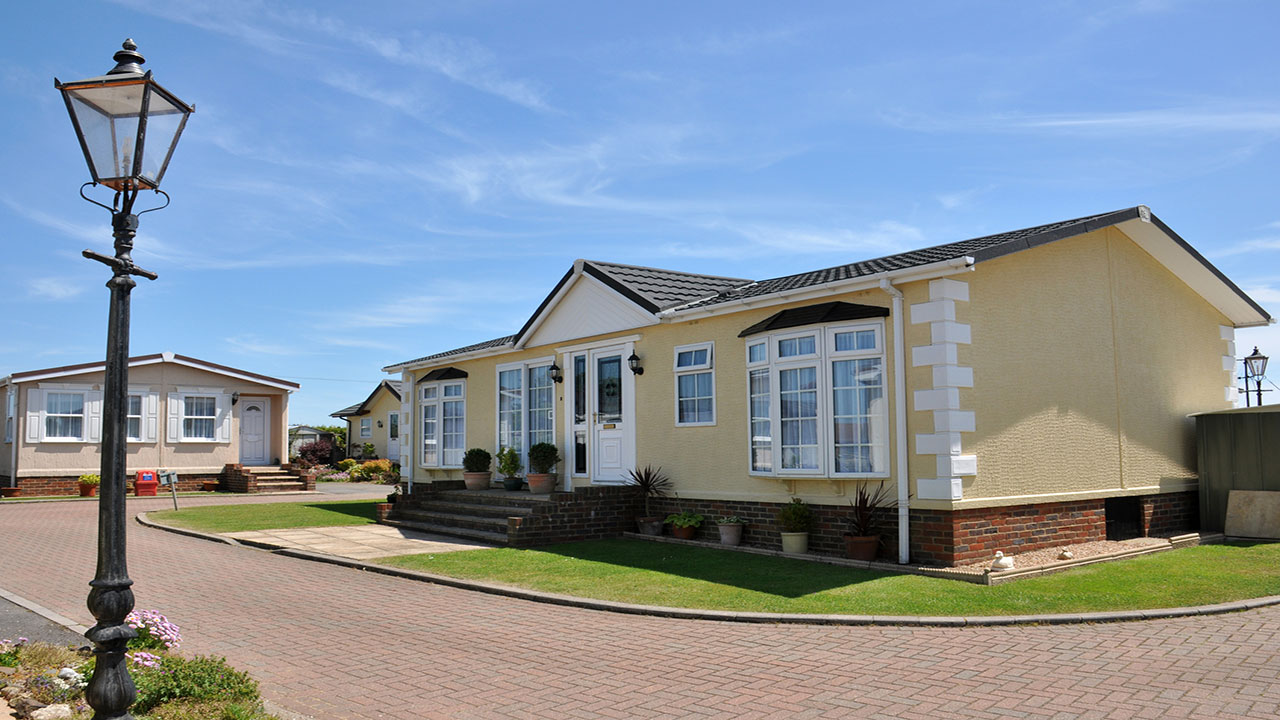
Modular homes have a reputation for being very simple and limited in design, but that is not necessarily the case. Today’s modern modular homes are much more complex than what many may believe. They don’t all look the same. Instead, they are flexible in design and can be built in several different configurations. Manufacturers can work with buyers to design and customize modular homes.
That said, certain types of customizations might prove to be difficult because of how modular homes are manufactured in comparison to on-site built homes. While they are certainly flexible in design, modular homes are still not as easily personalized compared to homes that have been constructed at the site.
4. They Should Be Marked as Modular
Buyers who are house hunting should be able to identify a modular home based on a small tag that is typically fastened to the outside of each section of the home. Such tags should also be found in electrical box panels, and will include the date the home was manufactured and a serial number.
Buyers should also be able to tell if a home is modular as opposed to built on site by looking for marriage lines between two modules. With modular homes, there will be two double beams attached to each other.
5. The Site Needs to Be Perfectly Level
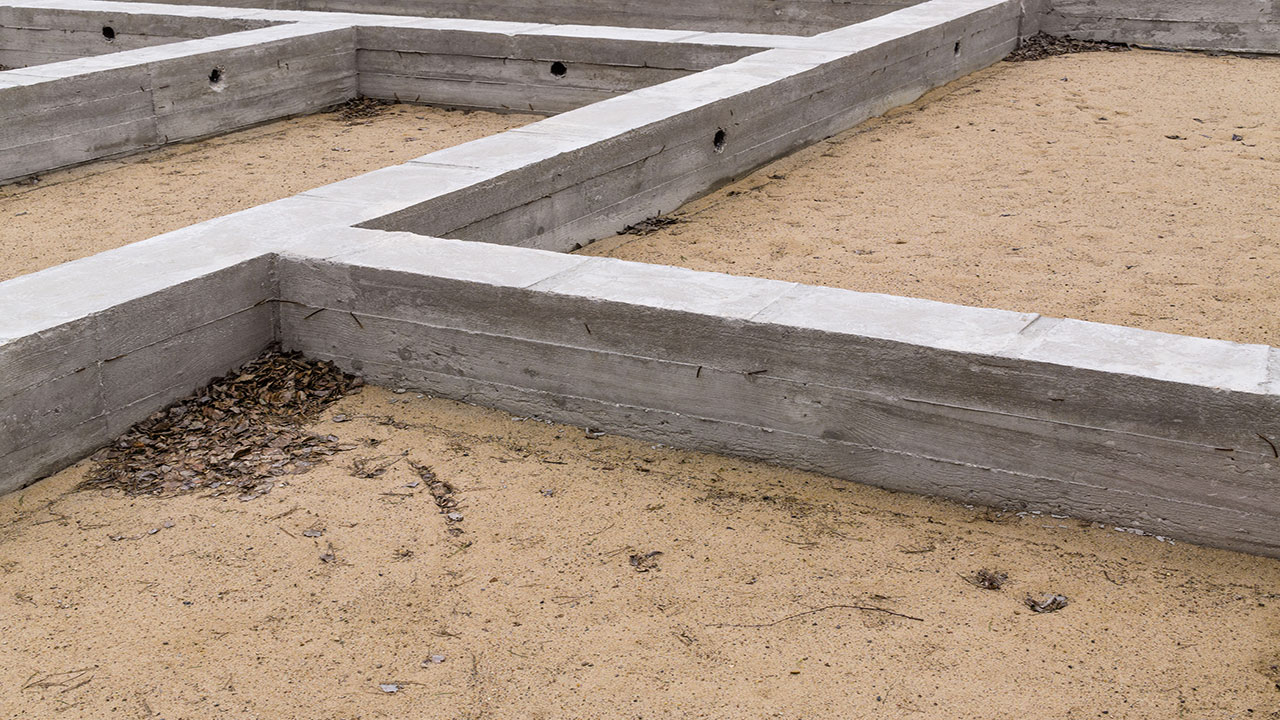
Builders who construct homes that are built on site can make any necessary adjustments with the foundation if it’s not entirely level. On the other hand, modular home manufacturers can only work with foundations that are perfectly level and free of any trees in order to accommodate the placement of each module.
6. They Can Be Mortgaged
Modular homes are classified as real property, and as such, they can be financed as such. You can take out a mortgage to pay for a modular home purchase and won’t have to worry about paying for it in all-cash up front.
However, a mortgage for a modular home requires a few additional steps. Modular home builders will want to be paid after each phase of construction has been completed. As such, you will need to provide them with payments at each phase. To access these funds, you can take out a construction loan to satisfy these payments. Once the home has been completed, the construction loan will then be changed to a traditional mortgage.
7. There Are Land Restrictions to Contend With
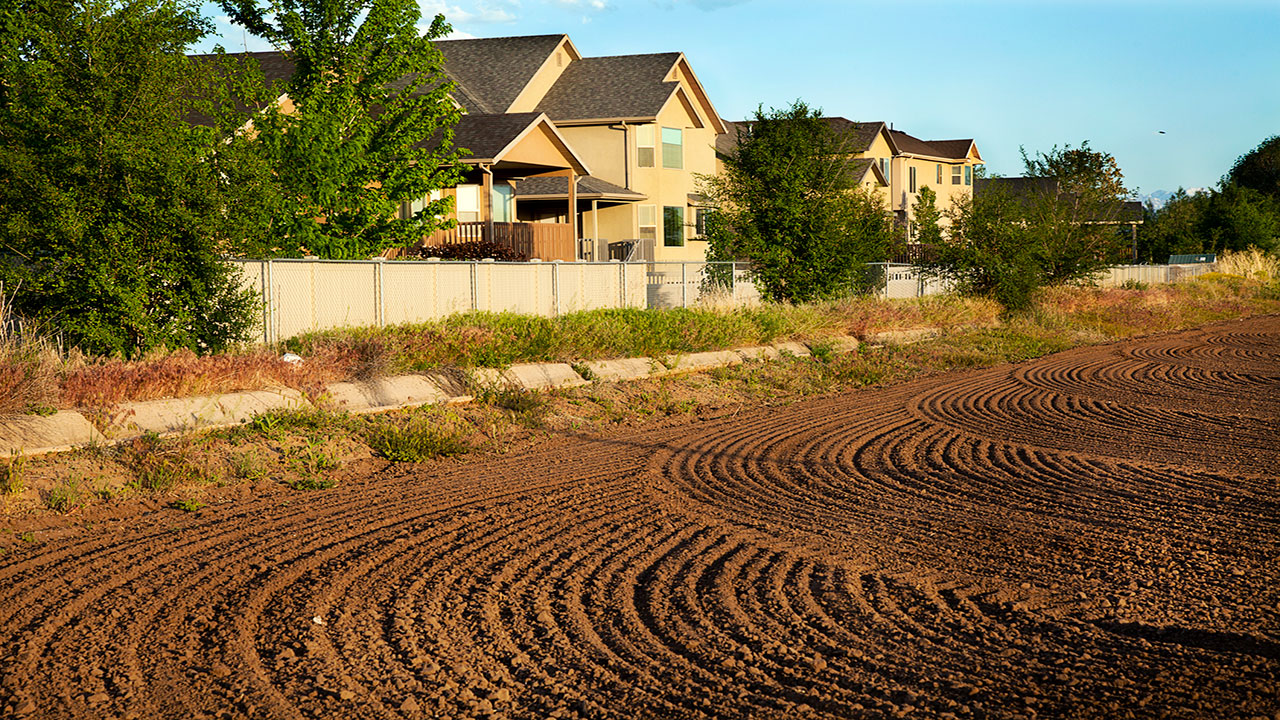
You’ll need to already have a lot purchased before you can place a modular home atop. But you won’t necessarily be able to buy land anywhere you want to accommodate the structure. Lots in subdivisions can’t be purchased for the purpose of erecting a modular home, as subdivisions typically have very specific restrictions regarding home construction.
There may also be municipalities that don’t allow modular homes because of specific restrictive covenants that prohibit the erection of such structures. As a buyer, you should look into where modular homes are allowed versus areas that don’t permit these types of homes.
The Bottom Line
Like any other type of home, buying a modular home requires some homework on the part of the buyer. Considering the magnitude of such a purchase, you want to make sure you’re spending your hard-earned money wisely.
Be sure to comparison shop between manufacturers of modular homes to ensure you’re working with a reputable one who has a track record for developing sound structures. Enlist the help of a seasoned real estate agent who can help guide you in the right direction and help you make an informed purchasing decision.